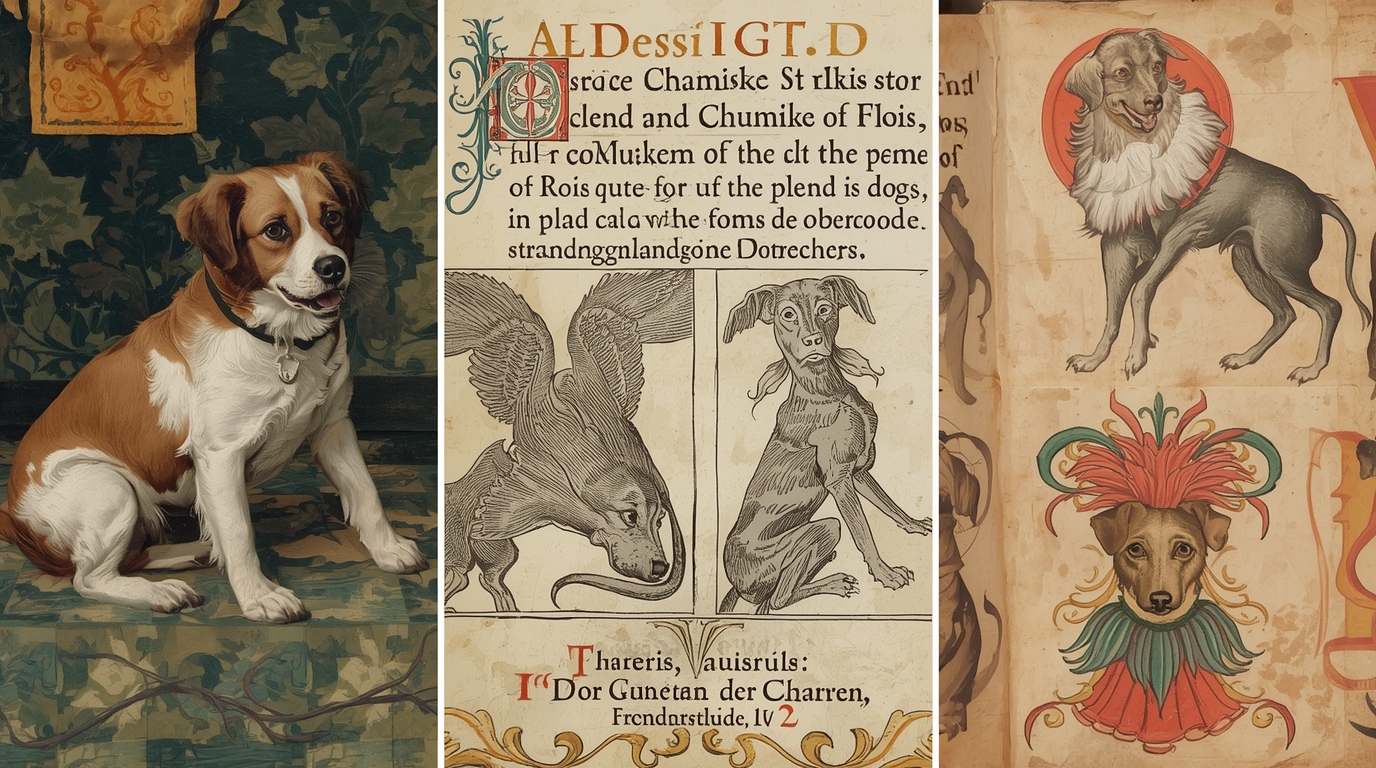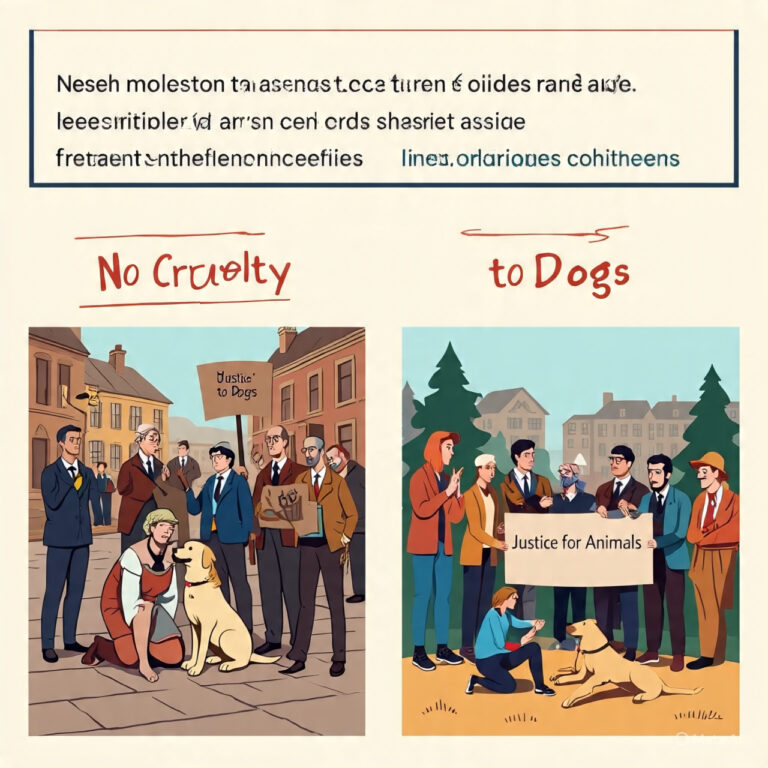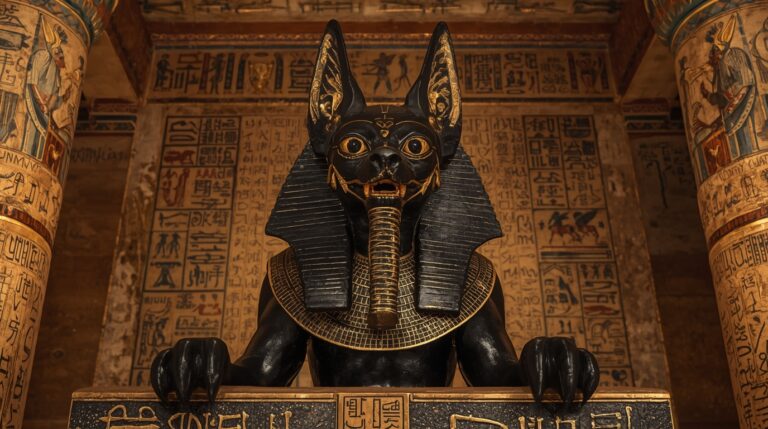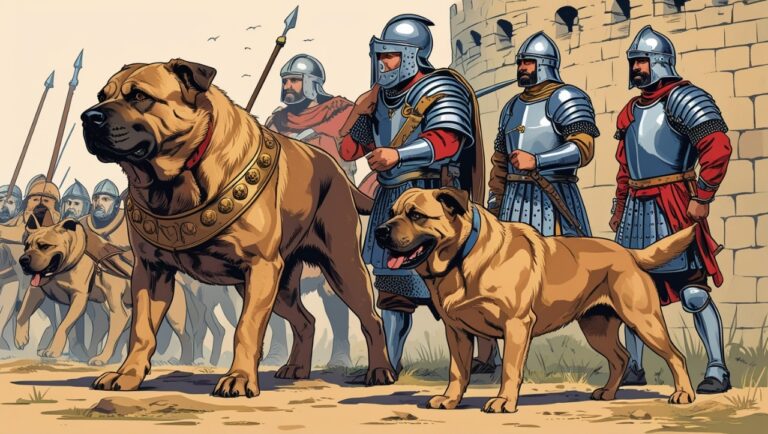Dogs in Renaissance Art and Literature

Introduction: Dogs in the Renaissance Imagination
The Renaissance was a period of artistic and intellectual awakening, not just for humans but for their animal companions as well. Among all creatures, dogs held a unique place in art and literature, embodying ideals of fidelity, nobility, and emotional depth. As Europe’s cultural identity evolved, dogs became visual and literary symbols of the soul’s inner life, reflecting Renaissance humanism’s focus on empathy, individuality, and naturalism.
The Humanist Shift in Animal Representation
During the Middle Ages, dogs were seen primarily as functional animals—used for guarding, herding, or hunting. But by the Renaissance, humanist philosophy—espoused by thinkers like Erasmus and Montaigne—had begun to emphasize empathy with animals.
- Dogs were increasingly portrayed as moral beings, capable of loyalty, grief, and affection.
- Writers and artists used dogs to bridge the spiritual and the physical, symbolizing both bodily loyalty and divine love.
Dogs in Renaissance Portraiture
One of the most prominent ways dogs entered visual culture was through portraiture. Nobles, merchants, and even royals included pet dogs in their family paintings.
- A dog seated at the subject’s feet symbolized fidelity.
- Lapdogs in women’s portraits indicated chastity, intimacy, and wealth.
- Artists like Bronzino and Van Dyck often painted noble children with dogs to humanize the composition and convey innocence.
Symbolic Meaning of Dogs in Art
Dogs in Renaissance art were not merely decorative. Their inclusion held deep symbolic weight:
- Fidelity in marriage (as seen in Jan van Eyck’s Arnolfini Portrait)
- Vigilance and alertness, often signaled by attentive posture
- Humility in religious works, representing the obedient Christian soul
Dogs acted as visual anchors that signaled the moral tone of the artwork.
also read this Medieval and Renaissance Dog History
Dog Breeds Featured in Renaissance Paintings
Different dog breeds carried different symbolic meanings and reflected social roles:
- Greyhounds: Speed, grace, nobility—often seen with male sitters or in hunting scenes.
- Spaniels: Obedience and affection—appearing in family portraits.
- Maltese and Bichon-types: Indicators of wealth and delicacy in women’s portraits.
These dogs were chosen not just for aesthetic balance, but for the emotional or symbolic resonance they brought to the canvas.
Dogs in Religious Art of the Renaissance
Renaissance painters incorporated dogs into Christian iconography to emphasize:
- Loyalty to Christ
- Faithfulness in suffering
- Companionship in divine solitude
Paintings like Titian’s “St. Jerome in the Wilderness” often include a dog as a companion, reinforcing spiritual solitude and divine connection.
Dogs in Northern Renaissance Art
Artists in the Flemish and Dutch schools—like Jan van Eyck and Pieter Bruegel—were known for their domestic realism.
- Dogs often appear in interior scenes, playing or resting by the hearth.
- These depictions grounded the sitter in reality, highlighting themes of loyalty, routine, and domestic harmony.
Dogs in Italian Renaissance Art
In Italy, dogs were integrated into:
- Court portraits, symbolizing familial and political loyalty
- Mythological scenes, like Venus with her lapdog, suggesting sensuality and affection
- Leonardo da Vinci included dogs in sketches, analyzing their anatomy and emotional posture
This intersection of scientific curiosity and symbolic layering marked the Italian treatment of dogs.
Dogs in French and Spanish Renaissance Art
In France and Spain:
- Dogs appear prominently in royal commissions by painters like Clouet and Velázquez.
- They reinforced themes of courtly elegance, obedience, and dynastic stability.
- Spanish works especially used dogs to highlight the regal hierarchy, placing them in ceremonial poses beside the throne.
Jan van Eyck’s Arnolfini Portrait and the Lapdog
Perhaps the most iconic Renaissance dog appears in Jan van Eyck’s 1434 masterpiece, “The Arnolfini Portrait”.
- A small lapdog stands between the couple, symbolizing marital fidelity and domestic harmony.
- The dog may also signify fertility, love, and trust—key virtues in Renaissance marital ideology.
Dogs as Allegorical Devices in Renaissance Painting
In allegorical works, dogs were used to personify:
- Loyalty: Accompanying figures like Fides (faith)
- Time and Memory: Dogs appear in scenes representing life cycles
- Moral virtue: Dogs associated with saints, martyrs, or mythological heroes
These roles made dogs narrative agents, enriching the symbolic complexity of the artwork.
Dogs in Court Life and Literature
Literary references often echoed visual themes:
- Courtly writers praised dogs for nobility and devotion
- Dogs featured in letters, diaries, and poems as emotional companions
- Noblemen often referred to their dogs with affectionate, humanizing language
These texts reflect the personal value attributed to dogs in elite circles.
Dogs in Renaissance Poetry
In poetry:
- Dogs symbolized grief and unwavering love
- Writers like Sir Philip Sidney and Edmund Spenser used canine metaphors to describe loyal lovers or faithful servants
- Petrarchan traditions used dogs as witnesses to sorrow or companions in exile
William Shakespeare’s Use of Dogs
Shakespeare used dogs both literally and metaphorically:
- In King Lear, “dog” becomes an insult implying servitude and savagery.
- In Twelfth Night, dogs are used to express loyalty and longing.
- In Julius Caesar, the dogs of war represent chaos and vengeance.
This flexibility made dogs versatile symbols in Renaissance drama.
Dogs in Chivalric Romance and Epic Poetry
In works like Ariosto’s Orlando Furioso, dogs are:
- Faithful companions to knights
- Rescuers of lost heroes
- Bearers of emotional weight, enhancing the pathos of the narrative
These dogs reinforced ideals of honor, bravery, and loyalty.
Dogs in Renaissance Drama and Comedy
Comedic works used dogs as:
- Props for physical humor
- Satirical devices, mocking social pretensions
- Representatives of common wisdom, as in folk plays
Dogs were both noble symbols and earthy companions, bridging high and low culture.
Dogs in Essays and Renaissance Philosophy
Michel de Montaigne, in his Essays, reflected:
“When I play with my cat… how do I know she is not playing with me?”
This empathy extended to dogs, whom he saw as feeling beings, capable of moral insight.
Other thinkers, like Erasmus, advocated gentle treatment of animals, aligning with Christian humanism.
Domestic Dogs in Renaissance Household Culture
Inventories and letters from the 15th–16th centuries list dogs as:
- Named pets
- Heirs to be passed down
- Groomed and clothed, especially lapdogs
Dogs became a part of family culture, often appearing in marriage dowries and children’s portraits.
Dogs in Women’s Portraiture and Private Space
Dogs in portraits of women carried layered meanings:
- Lapdogs: indicators of virginity, chastity, or sensuality, depending on context
- Dogs depicted in bridal portraits symbolized loyalty in union
- Maternal paintings included dogs as symbols of domestic safety and nurture
Dogs in Heraldry and Emblems
In Renaissance heraldry, dogs denoted:
- Loyalty to crown or cause
- Guardianship of land or treasure
- Moral vigilance
Popular breeds in heraldry included Talbots and Greyhounds, often shown in attentive poses.
Conclusion: Dogs as Mirrors of the Renaissance Soul
Dogs in Renaissance art and literature mirrored the era’s exploration of emotion, identity, and morality. Whether painted at a noble’s feet, leaping across a tapestry, or immortalized in a line of verse, they represented the deepening bond between humans and animals.More than mere companions, Renaissance dogs were symbols of the self, offering insight into what it meant to be loyal, noble, and alive during one of Europe’s most transformative epochs.




